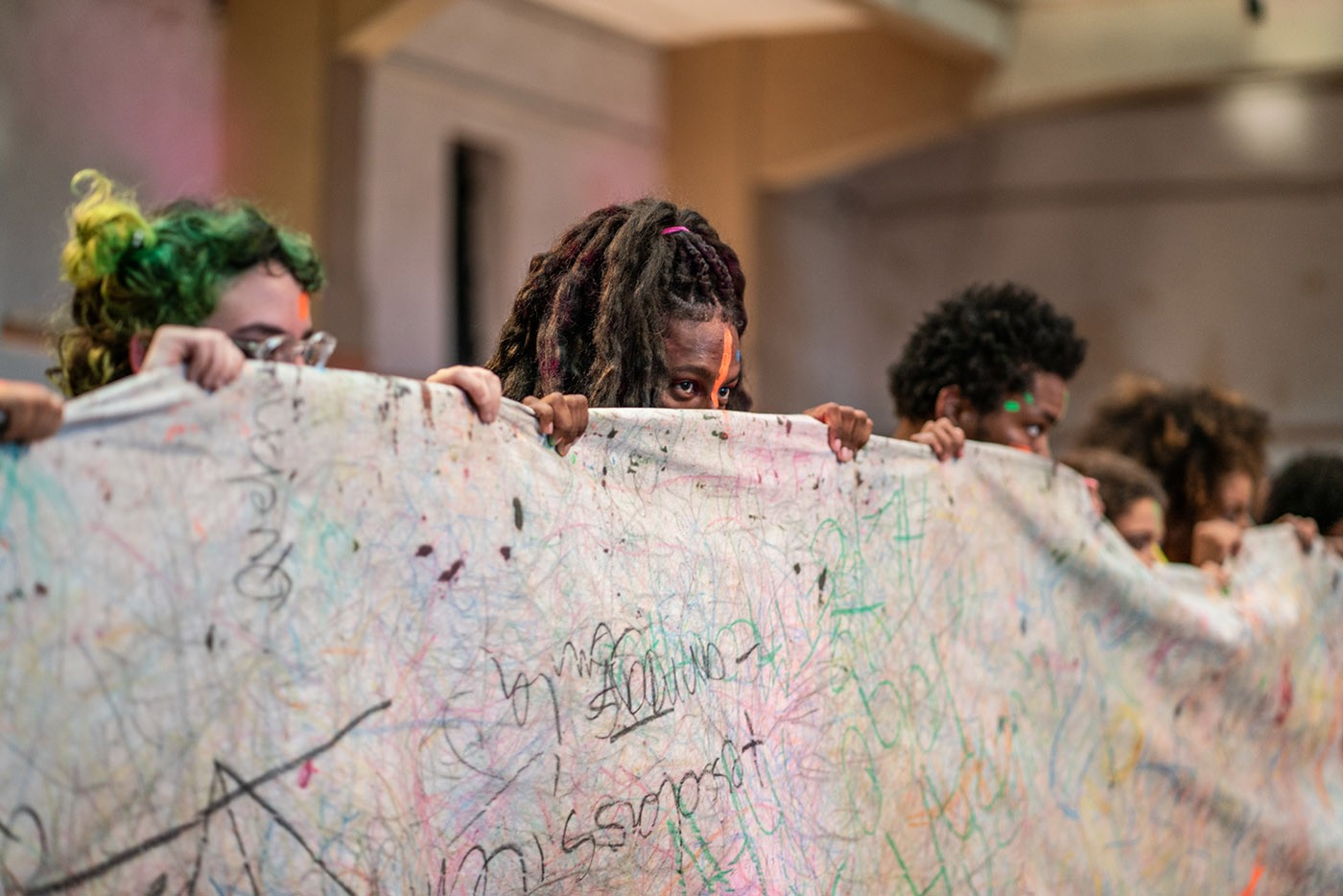Three Periods of Engagement with the Bauhaus
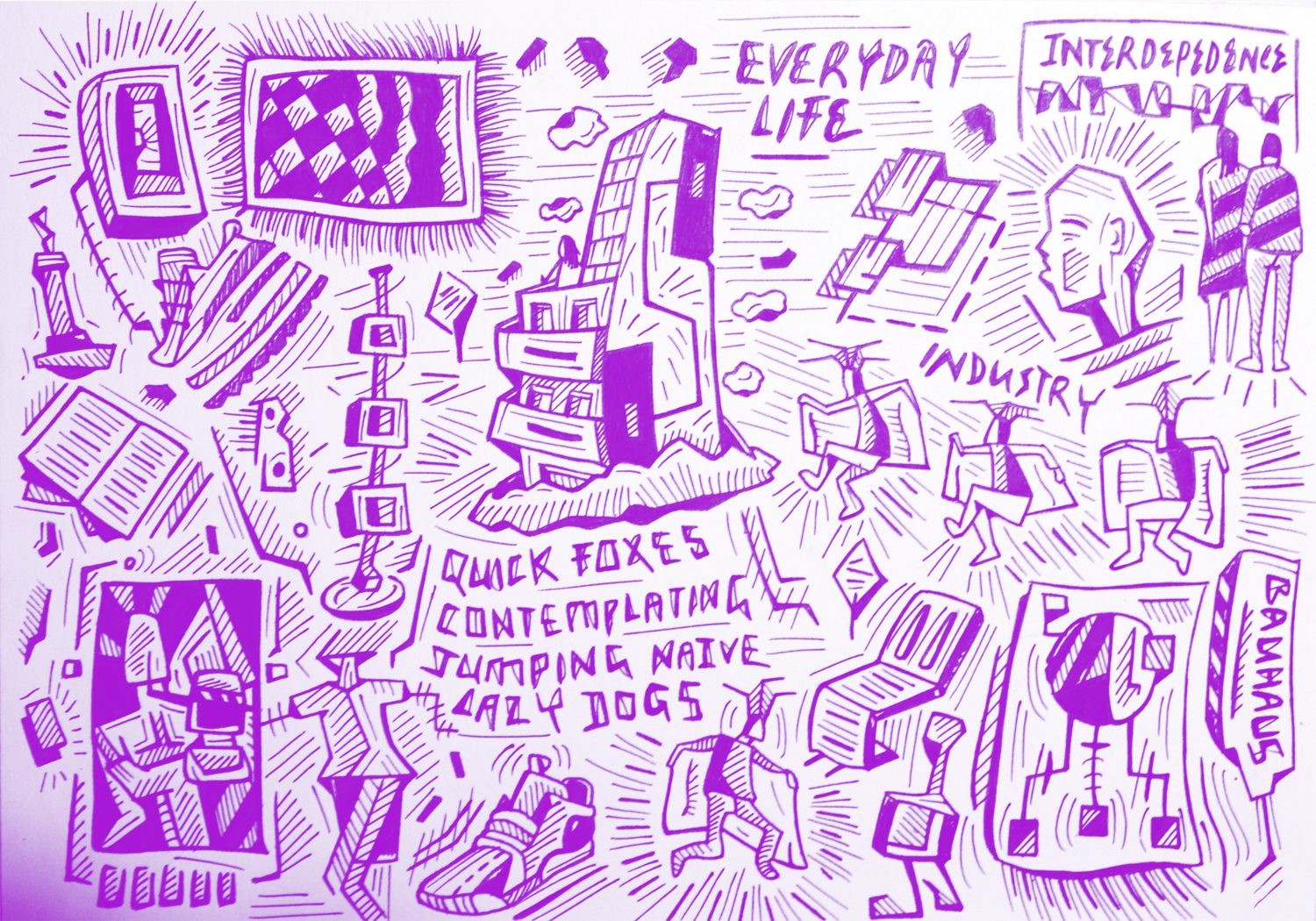
20 February 2017
Magazine C& Magazine
7 min read
In the series Curriculum of Connections, we bring together critical voices, ideas, and projects working towards educational, artistic, and research practices. In this space, we learn, unlearn, and co-investigate old and new territories of knowledge systems, collaborations, and imagination. . My engagement with the Bauhaus can be likened to the gradual, progressive development of a relationship …
In the series Curriculum of Connections, we bring together critical voices, ideas, and projects working towards educational, artistic, and research practices. In this space, we learn, unlearn, and co-investigate old and new territories of knowledge systems, collaborations, and imagination.
.
My engagement with the Bauhaus can be likened to the gradual, progressive development of a relationship from the acquaintance to friendship stage. One that involves values, aspirations, desires and goals being shared every step of the way.
The knowledge of the Bauhaus was not a salient feature in my art/design education at the Yaba College of Technology in Lagos, Nigeria. I have no recollection of the lecturers talking about the Bauhaus and what they stood for. The first engagement I had with the Bauhaus was through a classmate of mine - he would talk enthusiastically about the Bauhaus. Hearing him speak, one could get a sense that the Bauhaus represented an ideal for him - it represented the highest level of technical excellence in design. Unfortunately, his enthusiasm wasn’t backed up by a deep knowledge of the Bauhaus, it was mostly an enthusiasm made possible by his perception of what good and beautiful is and his having seen some images from the Bauhaus at the architectural firm he had a part-time job at. In any case, his fascination was contagious and I made a mental note to know more about the Bauhaus.
In April 2006, I got a book titled “100 years of Graphic Design: Graphic Design Pioneers of the 20th Century” by Jeremy Aynsley. The book offered me my second engagement with the Bauhaus. In a few pages, it presented a brief history of the Bauhaus, images and biographies of two of the schools practitioners - Laszlo Moholy-Nagy and Herbert Bayer. I was fascinated by the timeless quality of some of the images presented in the book, how after over 20yrs they still looked fresh and relevant to the times.
While my first engagement with the Bauhaus presented it as an ideal, my second engagement made me realise the Bauhaus was a school and it also made me aware of the importance they gave to craft, making through experimentation, self-promotion, having a connection to industry and the value of having a philosophy that guides the creation of work. At this time, I had become really interested in framing a philosophy for my work and a book (“100% Cotton: T-Shirt Graphics” by Tim Fletcher and Helen Walters) I got from my parents was helpful in this regard. Apart from introducing me to a world of urban contemporary art and some of the artists shaping the culture: Shepard Fairey, Dave Kinsey, Takashi Murakami etc, The book made me see drawing as a tool (a means to an end), the importance of collaboration, and the benefits of engaging with industry to make work accessible and visible. This multi - disciplinary, collaborative approach to creating was also one that the Bauhaus accommodated. In this sense, the Bauhaus has been a reinforcer of known ideals and a major indirect influence in my life as a designer.
Going back to my relationship analogy, the Bauhaus has been that 'behind the scene' person who has a pervasive influence on your life but because of the level of interaction you have had with them, you are not deeply conscious of how much they have had an impact on you. I say this because my most memorable engagement with the Bauhaus happened while researching material for the writing of this essay. I came across a thesis titled “The Bauhaus: Understanding its History and Relevance to Art Education Today” written by Miette Bretschneider. In the text, Bretschneider highlighted how the Bauhaus's approach to education was quite similar to the education 'she' received at the East Tennessee State University. As I read, I realised that the Bauhaus approach specifically the Bauhaus Vorkurs was quite similar to the method of training at the Yaba College of Technology, Lagos.
The introduction to the art and design programme at the Yaba College of Technology, Lagos consisted of a two-year general arts program where students were exposed to different disciplines from textile design, graphic design, basic design, ceramics, sculpture, general drawing, life drawing, technical drawing and painting. The programme had a heavy focus on craft and the development of technical skills. After the 1st year, students had to engage with industry via industrial training (internships) for a three month period then return to school for another year of training before proceeding on a second industrial training programme for a one year period. After the one year period, students then had the option of going back to school to take a two-year diploma in a specialised course of study in either fine arts, graphic design, fashion and textile design.
Students also took 'non-art courses in costing/estimation, international relations, psychology, entrepreneurship development etc. I made my first internship at a textile mill and the second at an advertising agency. The interaction between what was learnt in the school environment and what was learnt in the workplace 'real world' environment was quite invaluable in terms of providing me with a practical understanding of how certain products are made, marketed and consumed. Putting all of my important Bauhaus engagements together, I realise that my desire to draw and apply my drawings to different surfaces as a way to make them visible and accessible can be traced back to philosophies that the Bauhaus espoused.
I believe that the Bauhaus has remained relevant because of its unique, inclusive approach to education that favours a connection between academia and the real world (industry), a connection between expressiveness and functionality. An education that recognises the importance of collaboration, independence and interdependence. This approach fits rightly with the current climate that favours the blurring of lines between disciplines, the free flow of ideas and the democratisation of making. The documentation of the output of the Bauhaus via the archives, books, exhibition has also lent a lot of weight to its continued relevance through the years.
When I think about the Bauhaus, I think about an attitude that encourages the formation and cultivation of possibilities within the context of everyday living. Continuing with my relationship analogy, The Bauhaus has now become a friend I look forward to further engaging with in as many capacities as possible.
.
This essay originally appeared inthe Bauhaus #Itsalldesign exhibition catalogue. Vitra Design Museum. 2015
.
Karo Akpokiere’s work focuses on fusing experiences and observations gotten from the minutiae of everyday living with his interests in the visual and written aspects of popular culture. His work straddles the line between fine art and graphic design it can be political, social, humorous and anything else it wants to be. Akpokiere’s work is marked by the embrace of a spontaneous and where necessary, a research-based approach. His work is an exercise in progress and self-discovery, always changing as new interests and attitudes are formed.
Read more from
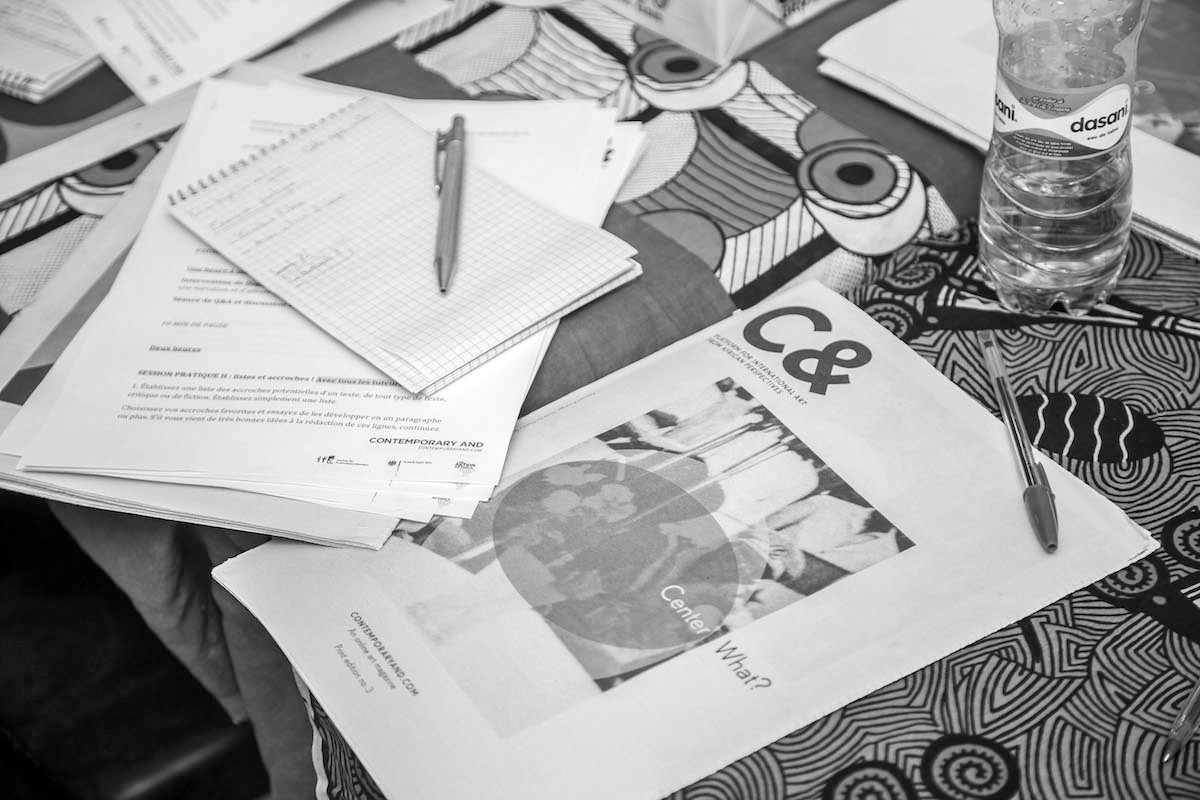
Critical Writing Workshop
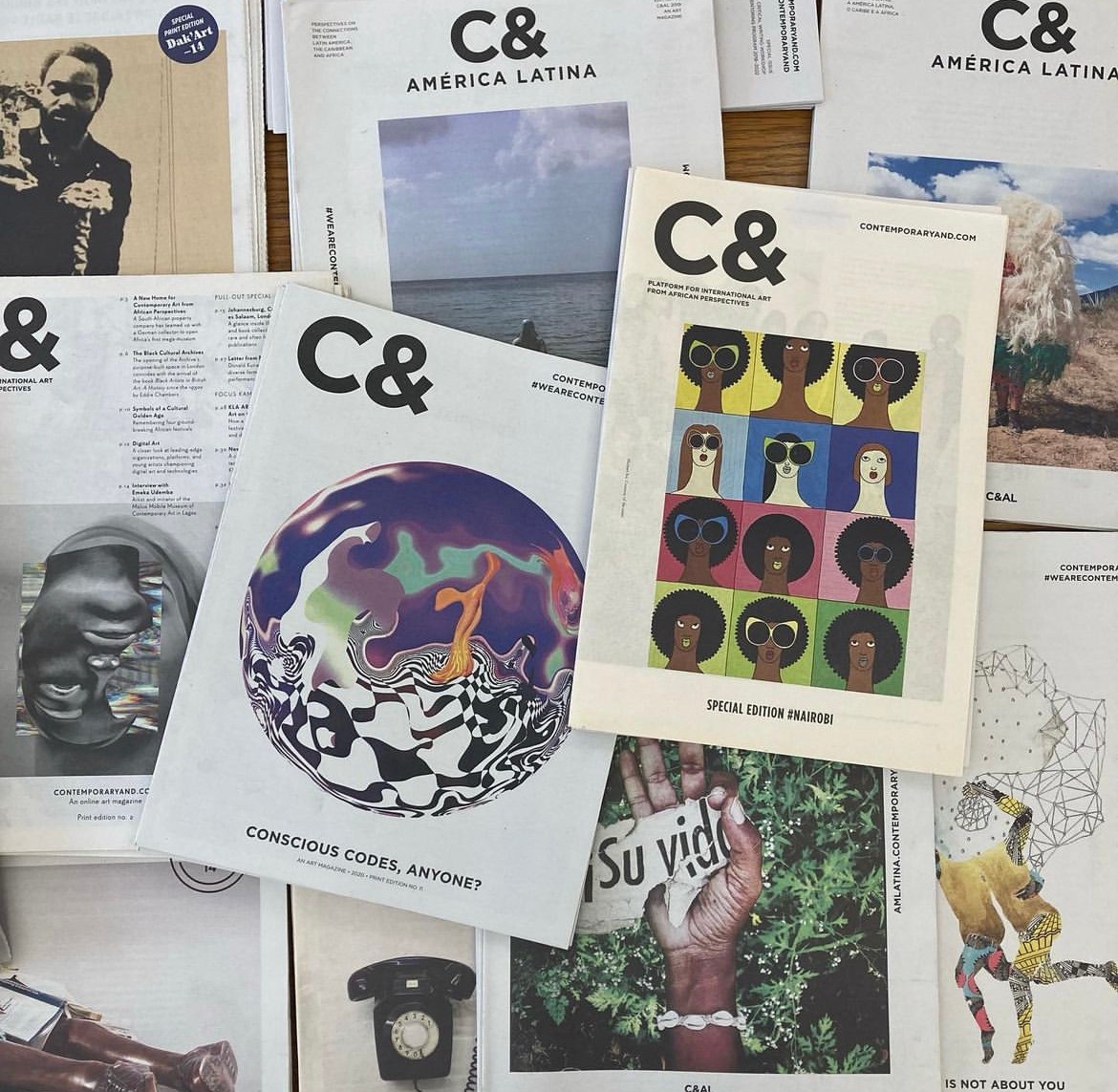
C& Critical Writing Workshop will take place in Rio de Janeiro
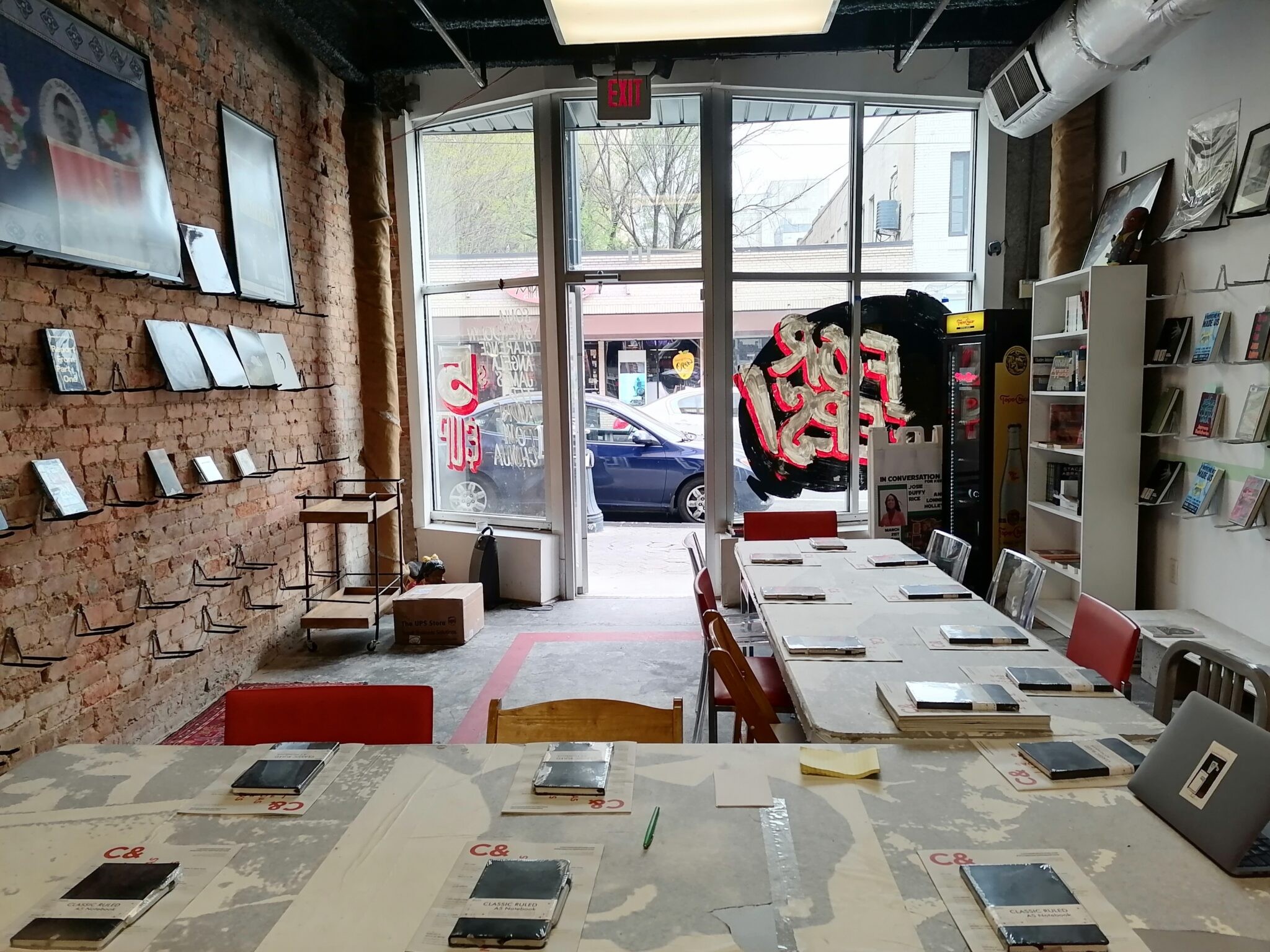
Critical Writing Workshop
Read more from

Esperanza de León: Curating Through Community Knowledge
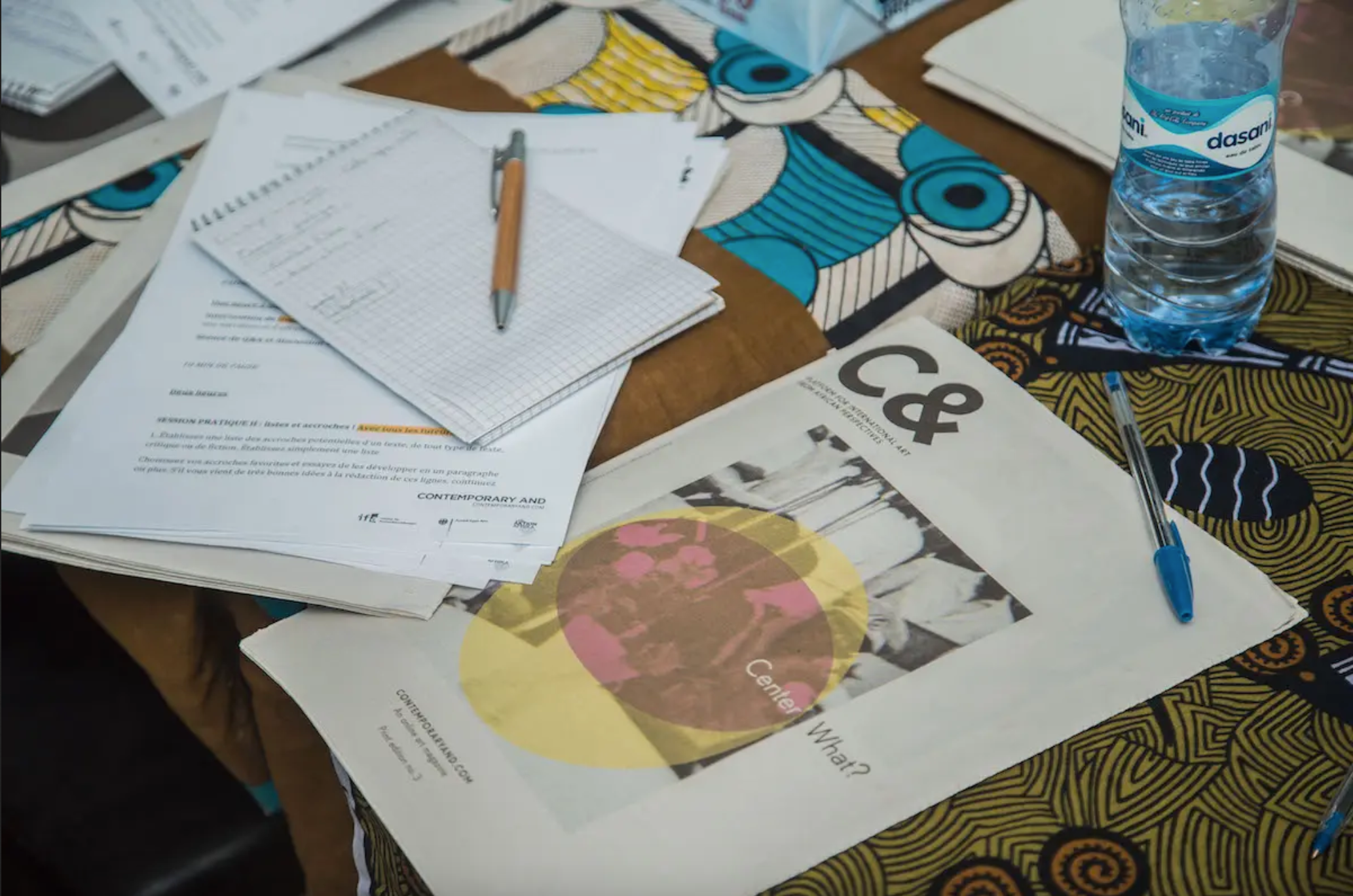
Terra Foundation for American Art funds C& Critical Writing Workshops and C& Mentoring Program in 2023
